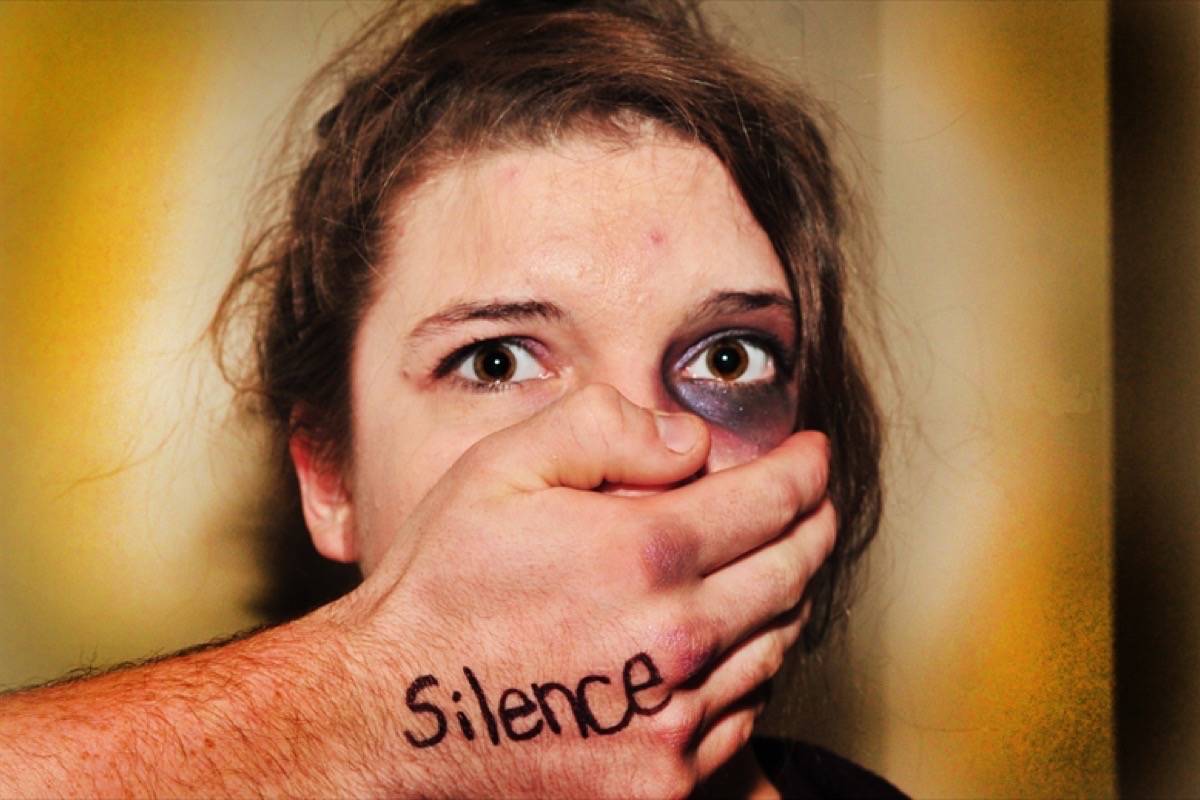Rates of domestic violence have edged up over the past year after an eight-year decline, Statistics Canada says.
In a report released Wednesday, the agency said police-reported rates of abuse for seniors, children, youth and intimate partners all increased slightly, with women once again being overrepresented as victims.
READ MORE: Hate crimes in Canada spiked by nearly 50% last year
The rate of violence against seniors went up by four per cent between 2016 and 2017.
Of the 11,380 seniors (aged 65 to 89 years old) abused, 33 per cent were hurt by a family member.
Slightly more than half of the seniors abused by family were women, and of those, 32 per cent were victimized by their husbands.
When relationships get violent
Much of the police-reported violence against intimate partners involved a “history of family violence,” Statistics Canada found.
Fifty per cent of homicides between spouses were preceded by a quarrel, while 24 per cent took place before an incident recorded as “frustration or despair” and 17 per cent by “jealousy.”
The report found 79 per cent of the 933 victims of intimate-partner homicide were women, 75 per cent of whom were killed by a past or current husband.
Wives were also more likely than girlfriends to kill their husbands, with 59 per cent of men killed within a relationship being killed by their wives, while 27 per cent were killed by girlfriends.
However, same-sex partners, whether spouses or boyfriends, made up 14 per cent of intimate-partner homicides for men.
READ MORE: Surrey woman’s ‘tell-all’ book aims to help those struggling with domestic abuse
People between 25 and 34 years old were the most likely to hurt their partners. For men in this age range, intimate-partner abuse was the most common type of violence, eclipsing violence against friends or acquaintances.
Nearly half of all violence against women stemmed from their partners.
Violence against children
Police-reported domestic violence against children and youth went up six per cent between 2016 and 2017, despite a seven-per-cent drop between 2009 and 2017.
About one third of the nearly 60,000 child and youth victims who reported violence were being hurt by their families.
READ MORE: Experts say parents are first line of defence in preventing sexual abuse in sports
Fifty-eight per cent of young victims were struck by their parents. That rate was highest when children were under the age of five.
Physical abuse was the most common at 56 per cent, while sexual abuse was next at 32 per cent.
Sixty-three per cent of child homicide within families was motivated by frustration, anger or despair – emotions researchers said were common among parents trying to control their kids.
In 2017, 20 children were killed by their families.



